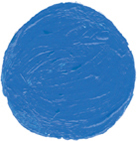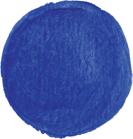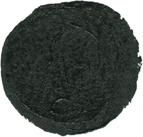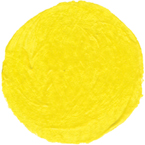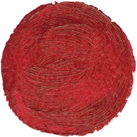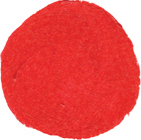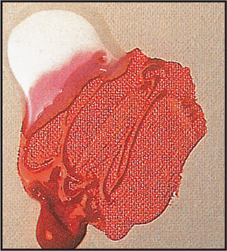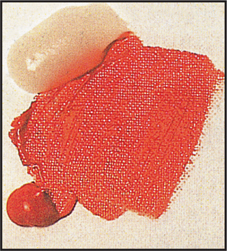Acrylic Tools & Materials
Acrylic paints can produce a wide range of painterly effects—from thin but vibrant layers to thick, buttery strokes. Acrylics dry quickly, allowing you to apply new layers of paint or rework underlying layers without muddying the colors. They also clean up easily with soap and water. Acrylic paints are relatively inexpensive compared with oil paints, and only a few basic supplies are needed: paints, brushes, supports, and water. For these reasons and more, acrylic is a great medium for beginners.
ACRYLIC PAINTS
Acrylic paints are thinned with water and come in jars, cans, and tubes. Most artists prefer tubes, as they make it easy to squeeze out the appropriate amount of paint onto your palette. Acrylic paints also come in artist’s grade and student’s grade—choose artist’s grade paints, as they are more vibrant and produce richer mixes.
PAINTBRUSHES
Like oil brushes, acrylic paintbrushes are categorized by hair type (soft or stiff bristles and natural or synthetic hair), style (filbert, flat, or round), and size. For the projects in this book, we recommend small, medium, and large sizes of both soft and stiff brushes. Synthetic-hair brushes work well with acrylic, as the bristles are soft but springy enough to return to their original form. In addition to buying brushes, you’ll also want to purchase a palette knife or painting knife for mixing colors on your palette and experimenting with textural effects on your canvas.

Filberts

Flats

Rounds
MIXING PALETTES
Palettes are available in all shapes, sizes, and materials—an enameled butcher’s tray is a favorite of many acrylic artists because it can hold a lot of paint and it cleans up easily. Glass and disposable paper palettes also are good choices for acrylic paint. (Plastic should be avoided because the acrylic paint will adhere to it.) Because acrylic dries so quickly, it’s important to keep your paints moist during a painting session. Many artists simply mist their paints with clean water, but some prefer to buy or make a special palette that keeps the paints moist (often referred to as a “stay wet” palette).
ADDITIONAL MATERIALS
You’ll need two jars of water: one for adding to your paint mixes and one for rinsing out your brushes. A spray bottle will help keep the paints and mixes on your palette moist, and paper towels or rags will help with cleanup. It’s also a good idea to use a permanent (waterproof) felt-tip marker for sketching your composition onto your support.
PAINTING SURFACES
Acrylic can be applied to almost any surface that has first been primed. Illustration board and canvas are the best choices for beginners, as they are ready to accept paint at the time of purchase. Pre-primed canvases provide a fine-fabric surface with a slight grain. Primed pressed-wood panels offer a smoother alternative to canvas, as they have a fine-grained, less coarse surface. When using diluted paints for an effect that looks similar to watercolor, you can use acid-free 140- or 300-lb cold-press watercolor paper (see page 18) or canvas paper. (When using more opaque paint or paint straight from the tube, you’ll need a stronger surface to hold the paint.)
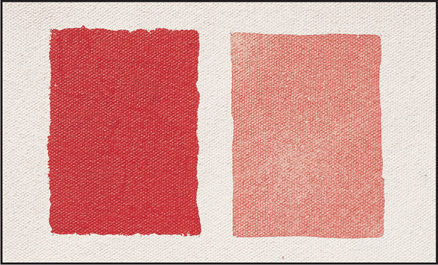
Primed hardwood panel (smooth side)

Primed hardwood panel (rough side)

Illustration board

Canvas
SURFACE TEXTURES The surface you paint on determines the textures of your strokes and washes. In the examples above, you can see how thick (left) and thin (right) applications of paint appear on various supports.

